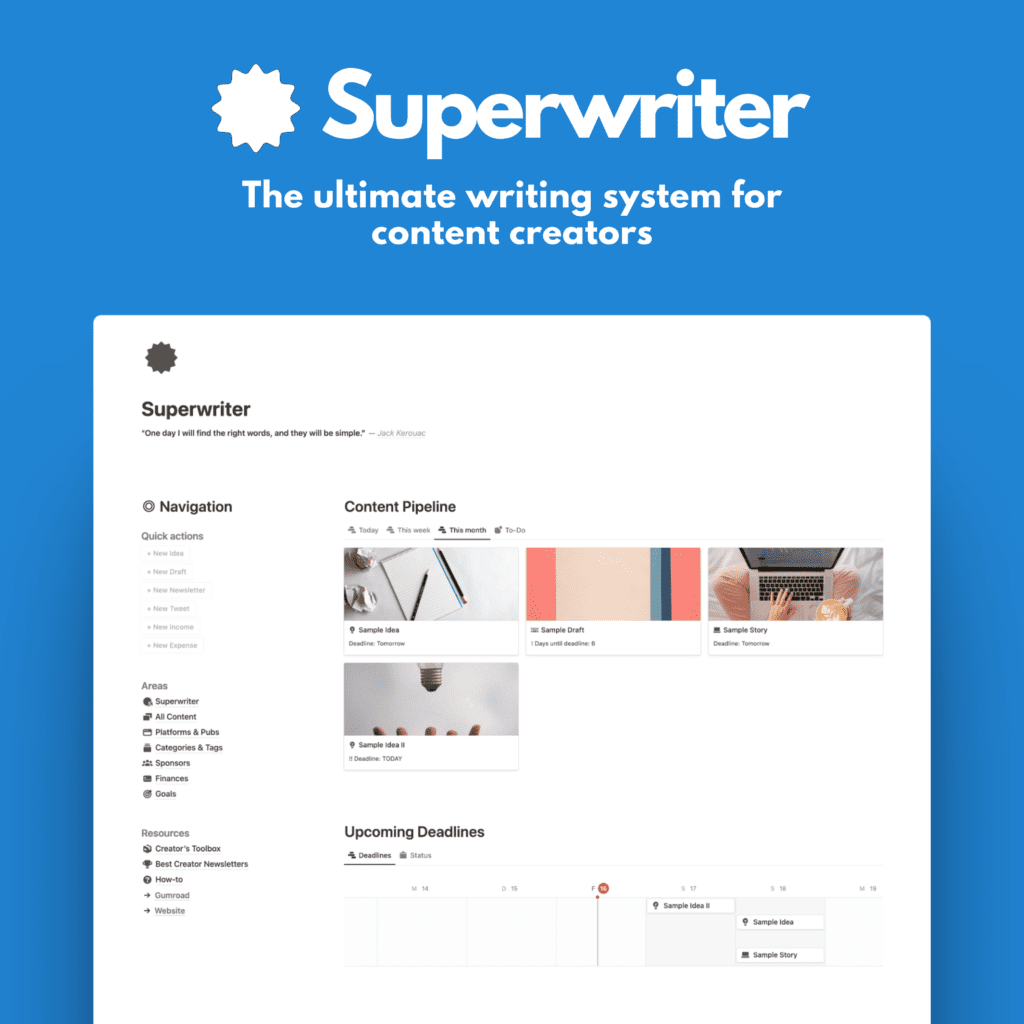Substack, the popular newsletter platform, has launched direct messaging for users.
This feature is another step that turns Substack into a viable social media alternative (to Twitter/X, LinkedIn, or Facebook), and a welcome addition to the already popular features like Substack Notes and Chat.
Direct Messaging allows writers and readers to have private one-on-one conversations within the Substack app and website.
Substack positions direct messaging as a highly requested addition that aims to strengthen relationships and build community.
What is Substack Direct Messaging?
Substack direct messaging, also referred to as DM is directly integrated into the already existing Chat feature.
Substack Chat, enables users to send messages to their subscribers.
Now, they can also open one-to-one conversations.
This mirrors the direct messaging functionality found on major social networks.

Direct messages on Substack exist within the Chat tab.
Users can start conversations from profile pages or the Chat tab itself.
Handy buttons
Writers can also add “Send a message” buttons to their posts. When receiving a new direct message, Substack notifies users through push notifications and email.
Settings
In the settings of your profile, you can specify who can message you via DMs, everyone, free subscribers, paid subscribers, or no one at all.

Substack positions direct messaging as a relationship builder between writers and readers.
The company tested the feature with a small group of writers first. Their feedback indicated direct messaging’s potential to increase subscriber loyalty, spark collaborations, and bring together reader communities.
How Substack Direct Messaging Works
To send a direct message on Substack, navigate to the Chat tab on desktop or mobile.
Tap a user’s profile picture or hit the envelope icon. You can also use “Share” buttons on posts and notes.
On the receiving end, new direct messages will trigger push notifications and emails by default. You can customize notifications in Settings.
Writers can optionally add a “Send message” button to their posts and notes. This prompts readers to start a direct conversation. For an additional layer of control, writers can restrict messaging to paid subscribers only.
Overall, the direct messaging flow is designed to be user-initiated. Substack avoids open access to prevent cold DMs which plague other social networks like X.
Why Substack Added Direct Messaging
As it seems, Substack positions direct messaging as a user-requested feature.
Many users expressed excitement about the announcement. Substack aims for direct messaging to strengthen relationships among writers and readers.
During beta testing, writers used direct messaging for subscriber engagement, networking, and building reader community. Substack believes one-on-one conversations will boost subscriber loyalty, aid collaborations between writers, and bring together readers.
The messaging feature also progresses Substack’s gradual shift towards a social network model. Over the past year, Substack introduced Twitter-like posting with Notes, follower counts, and now direct messaging. However, Substack faces controversy over its content moderation policies as it evolves in this direction.
How To Use Substack Direct Messaging
Here are some tips for how writers and readers can utilize Substack’s new direct messaging capability:
- Add a “Send message” button to a post to collect questions or spark discussions with readers.
- Message fellow writers to propose collaborations, cross-promotions, or interviews.
- Enable messages from paid subscribers only to provide an exclusive perk.
- Build community by allowing readers to share posts and discuss your work via direct messages.
- Disable messages if you wish to avoid direct communication with readers and writers.
- Use direct messages to solicit subscriber feedback and build loyalty with your audience.
- Or simply stay in touch personally
The Future of Substack
The launch of direct messaging expands the social networking dimensions of Substack.
It’s not a secret that Substack is way more than a writing and newsletter platform now. It’s a solid social network that builds around the massive community of writers and readers, which in turn has many positive effects on growth, networking, and publication success. Recommendations and distribution benefit greatly from this.
Overall, the addition of DMs is a very welcome new feature to Chat and Notes and the general Substack universe.
Substack keeps getting better.








